When a bone breaks the body will typically try and fix it on it's own. The process involves forming a hematoma or blood clot at the fracture site, then a callous of connective tissue. The callous indicates active healing and helps stabilize the fracture until new bone can form. Over time new bone is laid down-initially a weaker bone, that is ultimately replaced with more compact bone which is stronger. This is a pretty simplified version and many factors can be involved in how the fracture actually heals.
Two of the things that greatly help fracture healing are alignment of the bone and stabilization of the fracture pieces. Poor alignment leads to bones that heal crooked or twisted. Motion can lead to delayed healing or no healing. Lack of alignment and lack of stabilization can lead to some pretty dramatic attempts by the body to "bridge the gap" on it's own. Such was the case for this guy.
This was a large breed dog that had been a stray and was adopted from the the local shelter. The new owner mentioned some ongoing lameness issues. We thought we might find hip dysplasia on the radiographs but instead we found a femoral fracture that had never been set. While the body did a great job of trying to fix the problem the lack of proper setting has left this dog with ongoing pain and limited function.
On the flip side, even with proper alignment and stabilization the fracture can sometimes fail to heal. This is most common in toy breed dogs fractures of the radius and ulna. These little guys tend to snap their forearm when then they fall or jump off furniture or get dropped. The bones in these dogs are so small the the blood supply is not significant enough to stimulate healing. The result can be a delayed or non-union that requires surgical intervention. I just rechecked a case seen by a colleague that three weeks post fracture looks no different that the original rads. And in a puppy, this fracture should be mostly healed. I though these were good examples of extreme, but different reactions of the body to fractures.
Cattle Call
8 hours ago


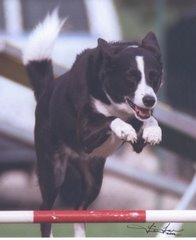
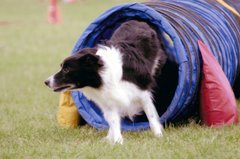
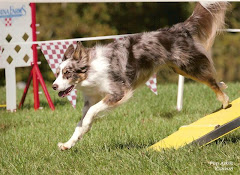.jpg)
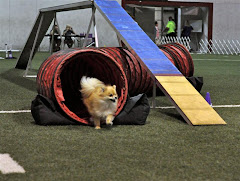.jpg)



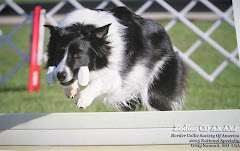.jpg)



No comments:
Post a Comment